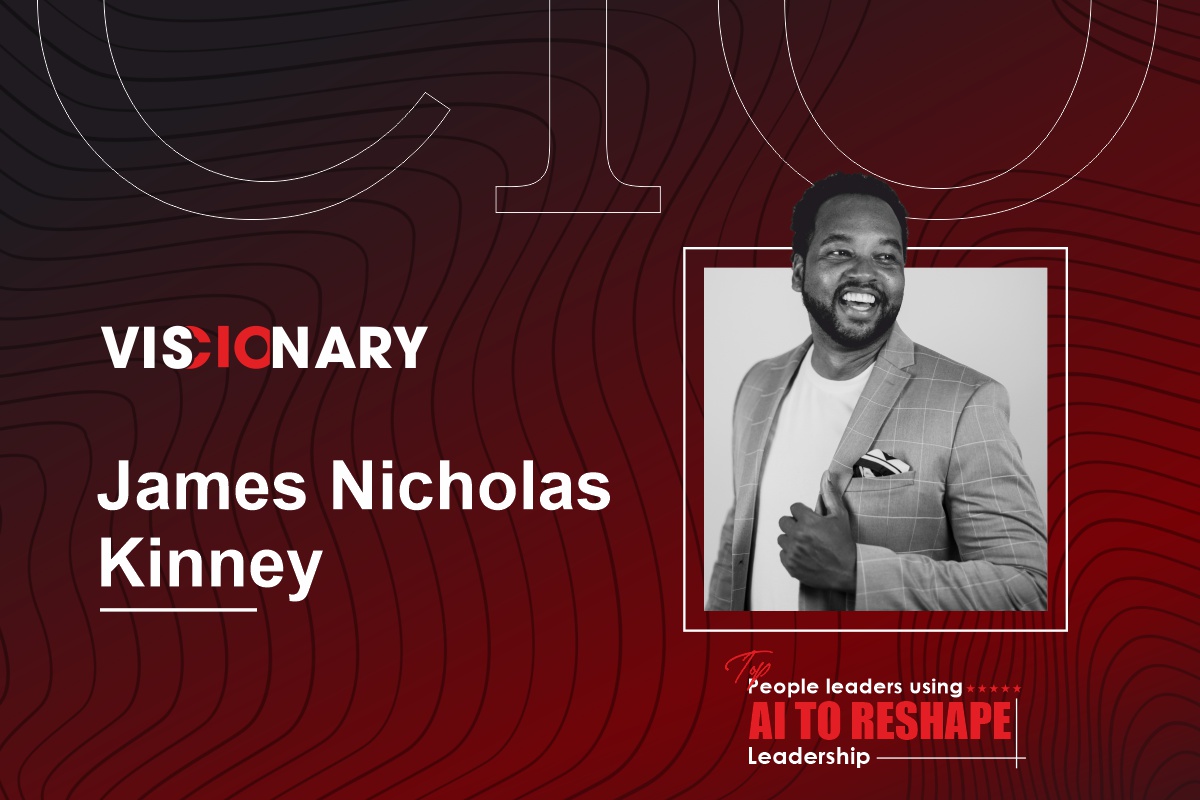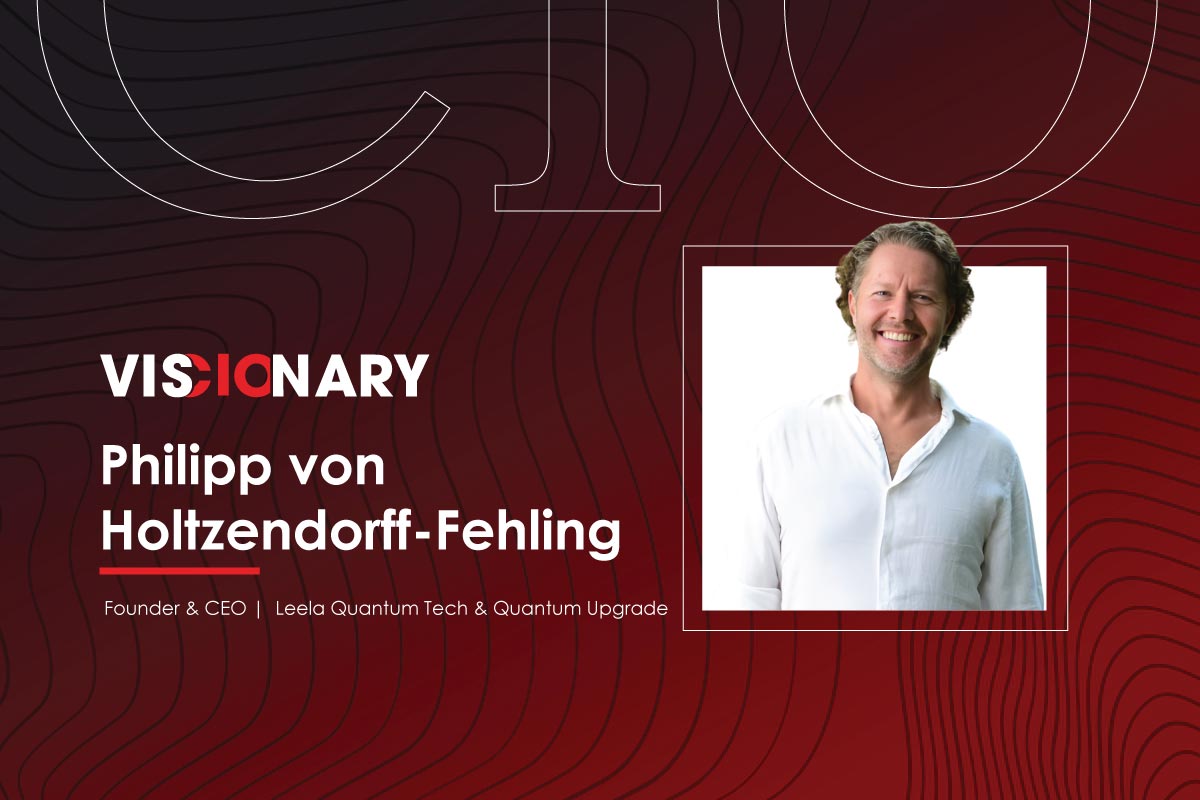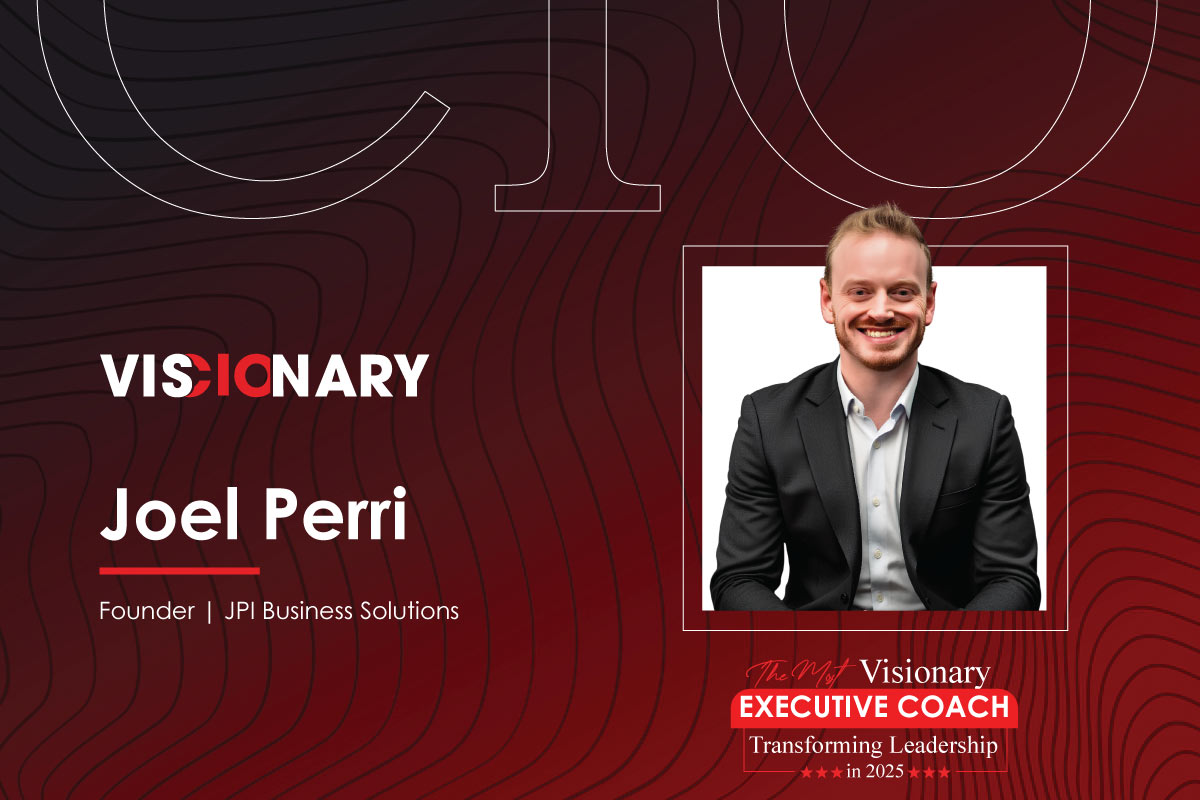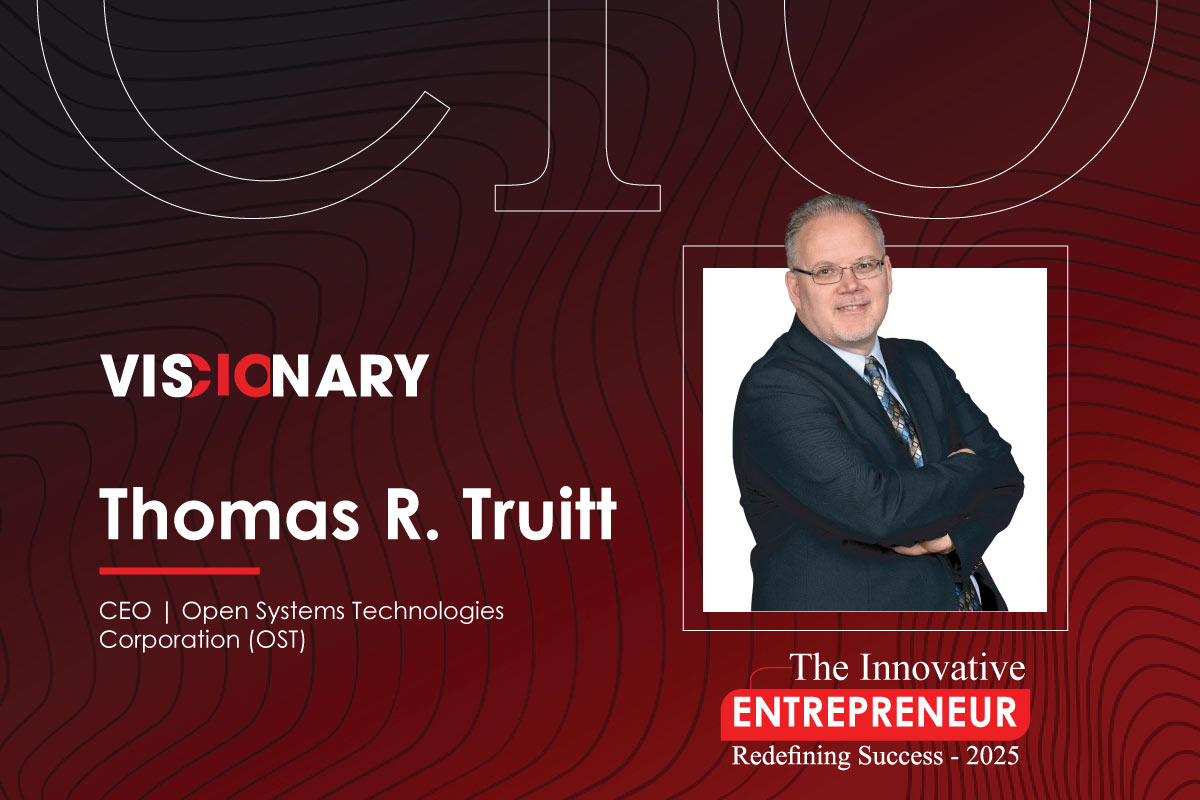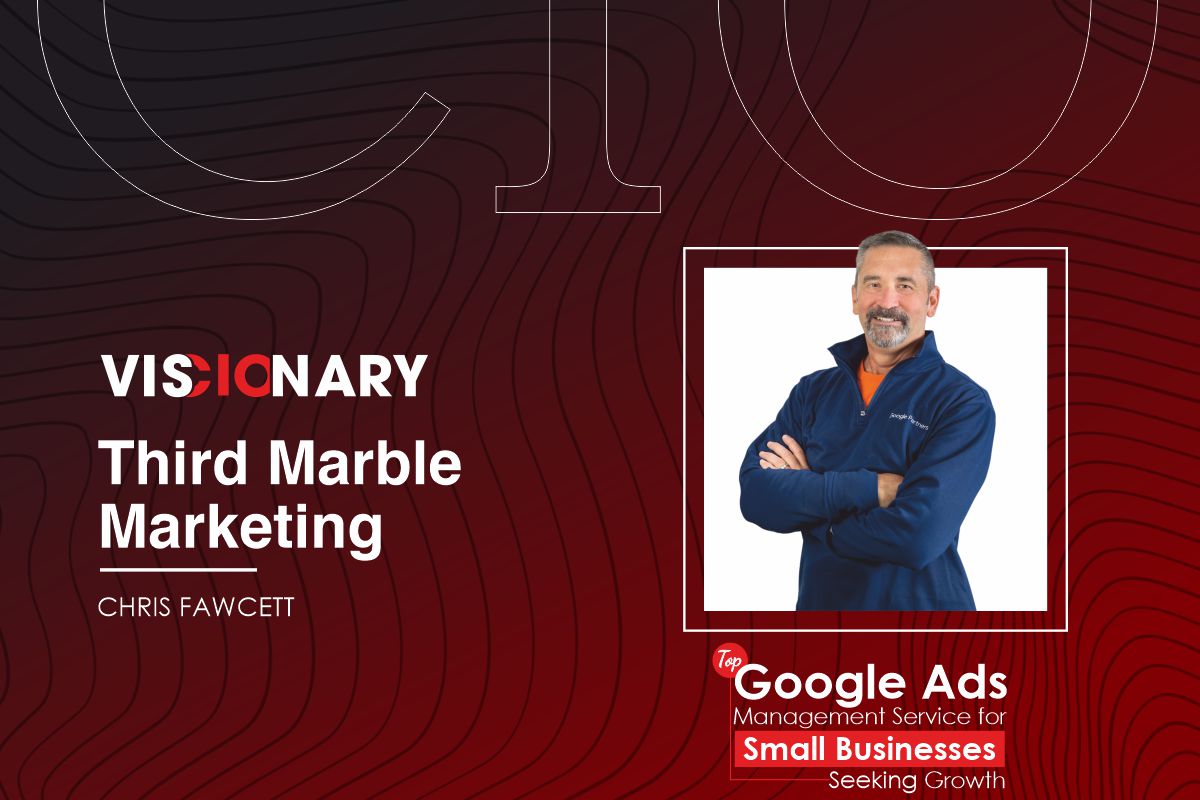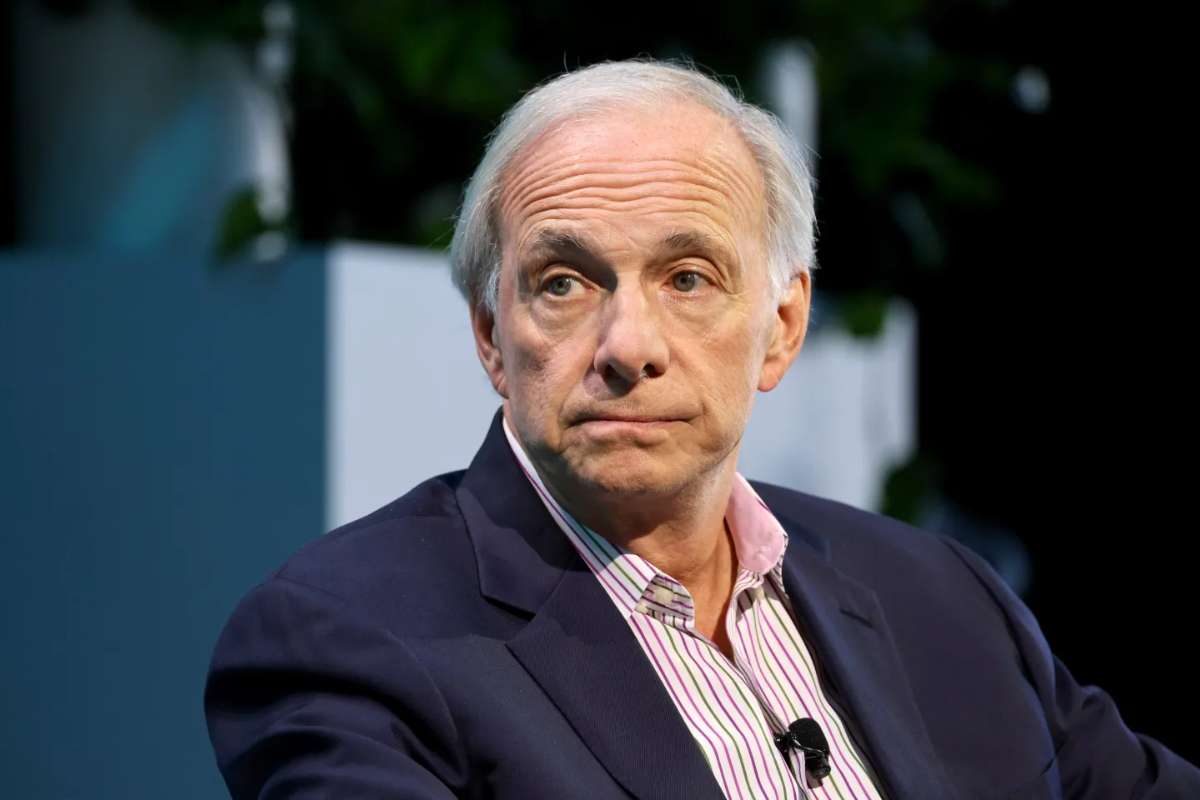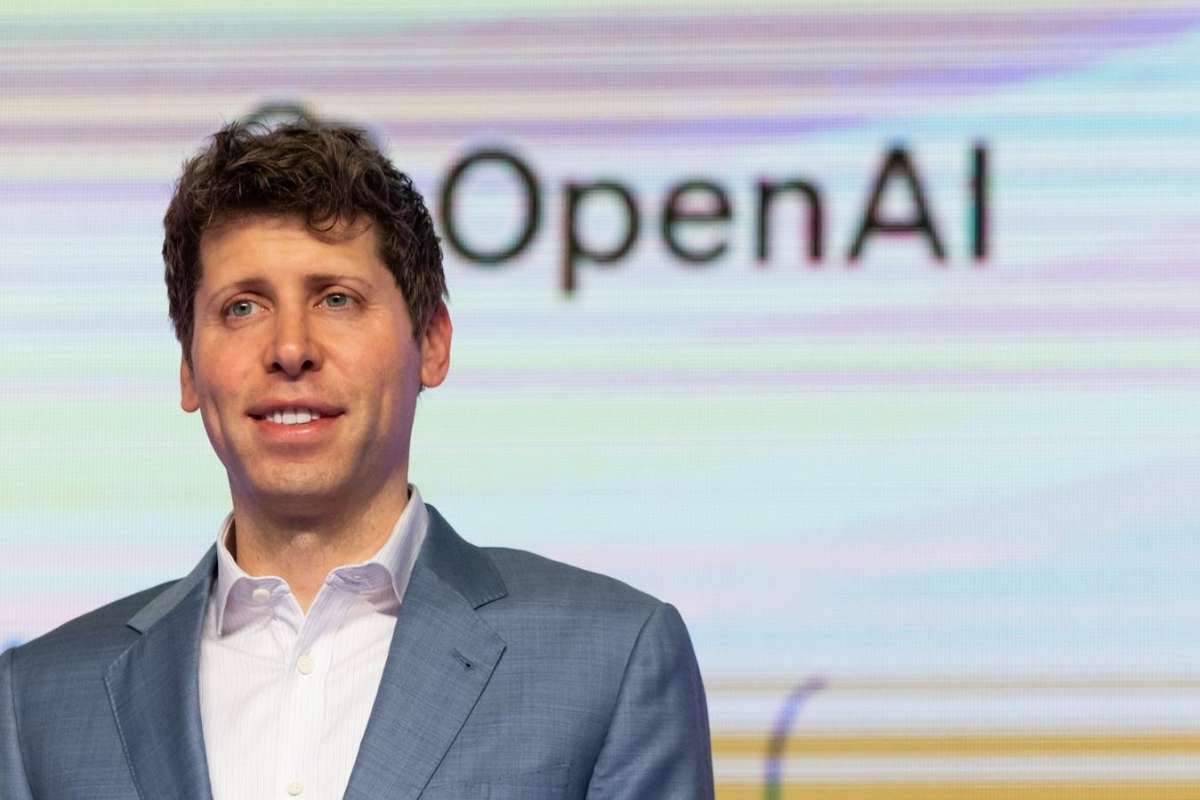AI transforms work and innovation by enhancing collaboration, not competition, and augmenting human capabilities. To leverage its potential, start small and scale big. Make data actionable by unlocking insights for smarter decisions. Embrace AI’s accelerative power for faster transformation. Crucially, transparency builds trust, ensuring clarity in AI’s role and data usage, and fostering widespread adoption and confidence. At the intersection of human potential and technological evolution, James Nicholas Kinney champions a transformative vision of leadership—one where AI is not a replacement, but a powerful collaborator, accelerating innovation, enhancing trust, and making organizations more human, not less. He discusses this in his new book SustAIing Leadership, available worldwide in September of this year.
Leading routes to AI
James Nicholas Kinney’s career has always centered on people—first as an HR manager, and now as a global leader in culture, talent, and large-scale AI transformation. From early roles at Foster, Malish, Blair, and Cowan LLP to shaping people-first cultures at 30KFT, Giant Spoon, and Mother, Kinney has consistently merged emotional intelligence with strategic leadership. His pivot into AI began with studies at MIT, not to replace people, but to enhance them. At Ogilvy and now. Monks, he has championed AI as a tool for removing friction, not humanity.
Under his leadership, teams saw boosts in productivity and rising trust because AI was introduced with empathy, not fear. James Nicholas Kinney believes tomorrow’s leaders must be “prompt engineers of culture,” blending tech with soul. James isn’t just adapting to the future—he’s helping build it, one human-centered system at a time.
Building Human-Centered Organizations with AI at the Core
James Nicholas Kinney believes that technology should amplify human creativity, not replace it. With a foundation rooted in emotional intelligence, systems thinking, and ethical innovation, he integrates AI across its global operations to streamline workflows, enhance decision-making, and empower teams. Through initiatives like the Open Source SustAIing Leadership Academy and the Flagship Leadership program, James fosters a culture where human and machine intelligence coexist in trust. At its core, James Nicholas Kinney is committed to building organizations that are not only smarter but also more human.
AI in Leadership Shift
Artificial intelligence is fundamentally transforming leadership. The traditional command-and-control approach is giving way to systems thinking, where organizations function like a coordinated nervous system. In this new model, people, AI, and data interact in real-time.
Leaders in this evolving landscape are shifting their focus. Instead of making every decision, their role is to architect conditions that foster trust and coexistence between human and machine intelligence. This involves orchestrating complex ecosystems where human and AI agents collaborate seamlessly, ensuring AI integration enhances human capabilities and organizational agility.
AI Enhancing Human Potential and Reshaping Leadership
AI is fundamentally reshaping leadership, moving from command and control to systems thinking. Organizations now operate like a coordinated nervous system, with people, AI, and data interacting in real-time.
Leaders’ focus has shifted. Instead of making every decision, they architect conditions for human and machine intelligence to coexist with trust. This involves orchestrating ecosystems where humans and AI agents collaborate seamlessly, ensuring AI enhances human capabilities and organizational agility.
A core principle guides this transformation: “Will this make us more human?” AI aims to remove friction, allowing individuals to focus on creativity, trust-building, and strategic thought. Workflows are designed for AI to complement, not compete with, human skills, emphasizing augmentation over automation.
A three-layer learning stack facilitates this integration: Awareness (“What is AI?”), Application (“How do I use it?”), and Alignment (“How do we use it to live our values?”). Managers were trained not only on tools but also on tone, learning to introduce AI with transparency and empathy.
AI-Driven Tools Impact
The biggest shift in the landscape of AI was not attributed to a single tool, but rather to the orchestration of various tools. From generative AI co-pilots in content development to predictive analytics in talent planning, organizations utilize AI not only to optimize processes but also to observe them. This approach revealed friction in systems that were previously assumed to be functioning well. AI did not merely provide answers; it facilitated the formulation of better questions.
Impact on Employee Productivity and Engagement
Organizations experienced an increase in productivity across creative workflows where AI agents assisted with ideation, formatting, or personalization. The emotional impact was experienced by the teams themselves, as they reported feeling less cognitive overload due to the AI support. Engagement levels increased in environments where the company employees felt supported, rather than surveilled, by AI. The major benefit of this transformation was that individuals were able to dedicate their time to meaningful tasks instead of focusing solely on mechanical processes.
AI-Driven Impact: Key Results at a Glance
Production Efficiency
- +28% faster Campaign Turnaround using AI-Assisted Production (9-month pilot)
- +22% boost in Overall Production Efficiency with Generative AI Tools
Team Retention & Trust
- 15% Drop in Attrition in AI-trained teams
- +20% increase in Creative Team Trust Scores after AI Integration
Leadership & Ethics
- +20% increase in Post-Program Trust Scores in Flagship Leadership when AI Ethics were embedded
- 30-Country Reach of the Flagship Leadership Program
Enterprise Transformation
- AI-powered workflows are now embedded across Business Units
Pushback to Partnership: Building Emotional Alignment Around AI
The primary challenge was not the technology itself, but rather the emotional resistance from people. Individuals often fear things they feel they lack control over. To address this, the focus shifted to rebuilding trust through transparency, extensive training, and a supportive cultural narrative. Instead of enforcing AI adoption as a strict requirement, it was presented as part of a movement, encouraging participation and fostering a sense of ownership among individuals. This approach helped alleviate fears and facilitated a more positive reception to the changes brought by AI.
Advancing Innovation Through AI Literacy and Human-Centered Design
Monks has integrated AI across all creative and production touchpoints. It has established an AI literacy academy to enhance skills and understanding. Additionally, custom AI tools have been developed to improve internal workflows. The most significant milestone achieved is the normalization of emotional intelligence alongside the AI strategy. This effort emphasizes the importance of integrating human emotions with technology. By doing so, the organization fosters a culture that values both emotional awareness and technological advancement. This approach enhances collaboration and drives innovation within the workplace.
Partnering for Progress with AI-Enabled Leadership
Leaders are actively exploring strategic collaborations in the intersection of AI and leadership development. It particularly seeks partnerships with platforms that emphasize agentic workflows and emotional feedback systems. The overarching goal is to create not only more intelligent technology but also to foster safer and more human-centric organizations. By focusing on these principles, the organization aims to enhance the effectiveness of leadership while ensuring that technology supports emotional well-being and agency in the workplace. This approach reflects a commitment to integrating human values with technological advancements.
The Future of Leadership in an AI-Driven World
The future leaders will assume the role of prompt engineers of culture. Their focus will shift from merely commanding teams to training systems that effectively filter noise, frame values, and maintain coherence in complex environments. Within the next five years, it is anticipated that every strategic plan will incorporate an AI component. However, the human-centered leader will remain a crucial differentiator in this context.
Key competencies for leaders will include emotional regulation, ethical decision-making, systems thinking, and cross-disciplinary literacy that integrates technology with human insight. As AI serves as a cognitive co-pilot, assisting in pattern recognition and outcome prediction, the emphasis will remain on preserving the human element in leadership. Ultimately, effective leadership will prioritize coherence over the mere ability to outsmart systems, focusing on alleviating fear through clarity and purpose.
Asking What Matters Most—Not What’s Flashiest
The organization emphasizes the importance of starting with values rather than focusing solely on vendors. It advocates for asking the critical question, “What is the cost of not implementing AI correctly?” rather than simply inquiring about the latest tools. The organization suggests that pilots should be designed with the needs of people in mind. It believes that AI itself will not undermine a company. Instead, poor leadership and inadequate management surrounding the implementation of AI pose significant risks. This perspective stresses the need for thoughtful leadership in ensuring successful AI integration.
An Open Letter to the Future-Ready Human
Dear Reader,
You don’t need to know everything. But you do need to know what grounds you. In this AI-accelerated world, your nervous system has become your new resume. It’s not about how much information you can store or how fast you can adapt to changing technologies—it’s about how well you can stay centered amidst the noise.
Your ability to hold ambiguity, to regulate yourself under pressure, and to communicate with soul and presence—these are your superpowers. These are what will define your legacy.
You are the model now. So build one worth following.
With purpose,
James Nicholas Kinney

